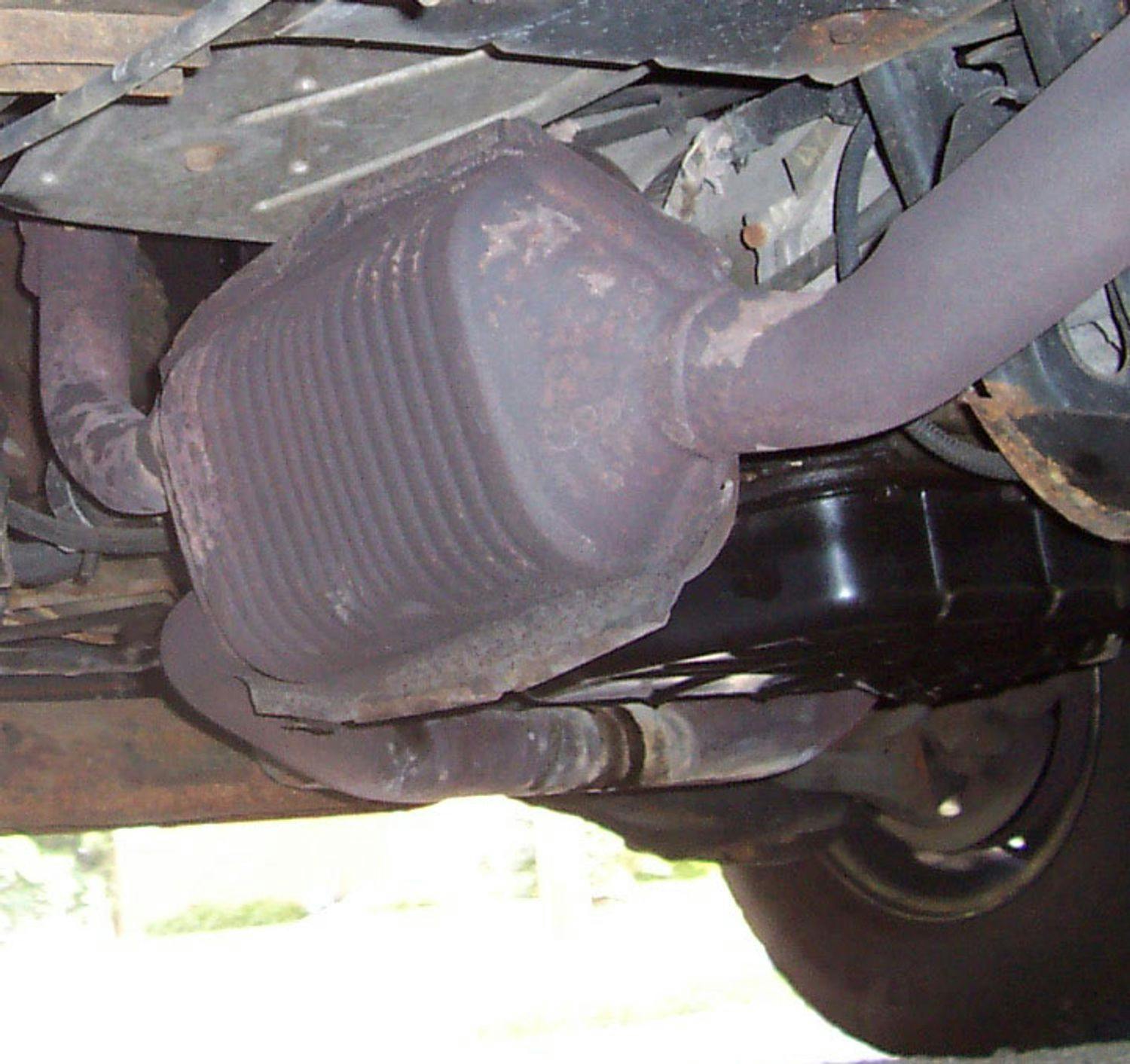Catalytic converter: What is its function, and how can it be damaged?

The catalytic converter is located in the car's exhaust pipe, and its task is to reduce the number of harmful substances in the exhaust gases.
This device is used for both gasoline and diesel engines. Today's article will shed light on its function, distribution, and possible damage.
Inhoudsopgave
How does a catalytic converter work?
The catalytic converter contains precious metals such as platinum, rhodium, and palladium. Together, they form a catalytic layer applied to a ceramic or metal material in the shape of bee plastic.
At an operating temperature of 300 to 800 degrees Celsius (580 to 1500 degrees Fahrenheit), the catalytic layer will allow the oxidation of CO (carbon monoxide) and unburned hydrocarbons to CO2 (carbon dioxide) and H2O (water) and the reduction of NOx (nitrogen oxide) to N2 (nitrogen) and O2 (oxygen).
Exhaust gas cleaning takes place using two chemical reactions, namely:
By oxidation of CO and unburned hydrocarbons
By reducing NOx
Classification of the catalytic converters according to the resulting reactions
three-way catalytic converter
reductive catalytic converter
oxidative catalytic converter
1. Three-way catalytic converter
He is in charge of three activities, namely:
CO oxidation
by oxidation of unburned hydrocarbons
reduction of NOx
The three-way catalytic converter is used by gasoline engines that regulate the mixture, work with excess air, and are equipped with a lambda probe. The catalytic converter stops working if the lambda probe is damaged or malfunctioning.
2. Reductive
It reduces NOx (nitrogen oxide) emissions in petrol and diesel engines with direct fuel injection.
3. Oxidative
It is used by diesel engines that work with an excess of air, and during their work, a very rich mixture is burned. This catalytic converter is intended to reduce CHx and CO. Solid particles' combustion occurs at high temperatures, which makes them shrink, and then the resulting microparticles burn completely.
Catalytic converter distribution by material
Metal catalytic converter
The insert is made of metal, they are more resistant to mechanical damage and damage due to improper engine operation, but their production is more expensive.
Ceramic catalytic converter
The insert is made of ceramic materials. Less resistant to mechanical damage and damage due to improper engine operation, their advantage is a lower production price.
How can the catalytic converter be damaged?
by refueling with the wrong fuel
engine ignition failure
if the oil gets to the combustion chamber
if unburnt fuel gets into the catalytic converter
How does a damaged catalyst manifest itself?
starting problem
higher fuel consumption
worse dynamics
a strange smell when the engine is started
The lifespan of catalytic converters in new cars is estimated at 150,000 km (or 93,000 miles), but it significantly decreases with poor handling.